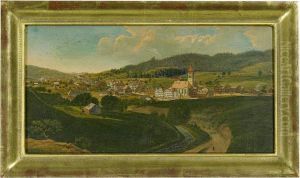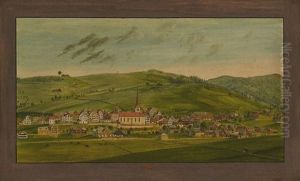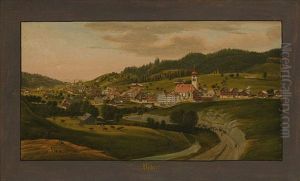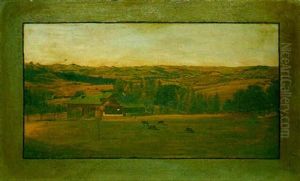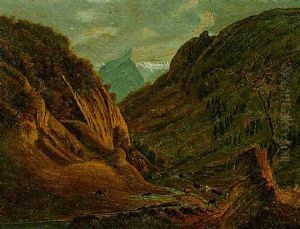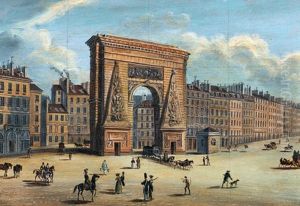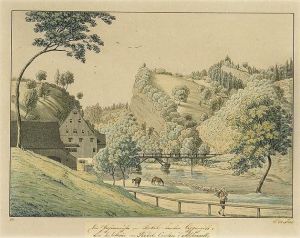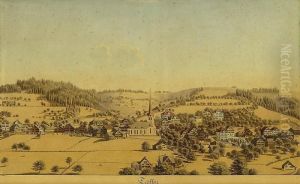Johann Ulrich Fitzi Paintings
Johann Ulrich Fitzi was a Swiss Baroque painter, born in 1623 in the Grisons, a region in Switzerland known for its cultural diversity and historical significance. His life spanned the latter part of the Thirty Years' War and into a period of relative peace and cultural flourishing in Europe, which influenced the art of the time, including Fitzi's work. Despite the challenges of the era, including religious conflicts and economic difficulties, Fitzi managed to gain recognition for his art, which was deeply rooted in the Baroque style, characterized by its dramatic use of color, light, and shadow, as well as its emotional intensity and often, religious themes.
Fitzi's contributions to the art world during the 17th century were significant, especially within the Swiss context, where he was one of the notable artists who helped introduce and spread the Baroque style. His works typically featured religious subjects, a common theme for the period, reflecting the intense spirituality and the church's influence on art during the Baroque era. However, Fitzi also explored secular themes, demonstrating versatility and a keen eye for the evolving tastes of his patrons.
Throughout his career, Johann Ulrich Fitzi worked on various commissions for churches and private clients, contributing to the decoration of religious and secular buildings with his paintings and frescoes. His ability to blend the spiritual with the worldly in his art made him a sought-after artist among the Swiss and European nobility and clergy. Despite the popularity of his work during his lifetime, Fitzi's legacy has been somewhat overshadowed by other Baroque artists, and many of his works have been lost or remain unidentified, making a comprehensive assessment of his oeuvre challenging.
Johann Ulrich Fitzi's death in 1698 marked the end of an era for Swiss Baroque painting, but his contributions helped lay the groundwork for future generations of artists in the region. His dedication to the Baroque style, with its emphasis on emotion, drama, and detail, left an indelible mark on the art history of Switzerland and continues to be appreciated by art historians and enthusiasts alike.
